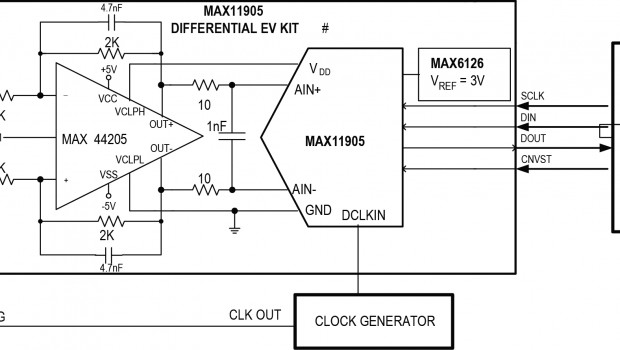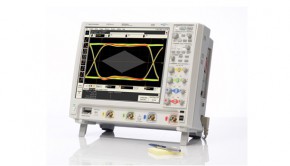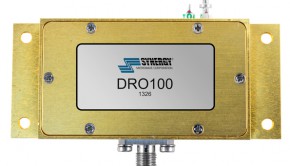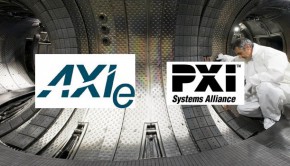Digital Predistortion Improves Data-Acquisition Performance
A data acquisition system (DAS) converts analog signals to digital for analysis by a digital signal processor. Applications such as imaging, audio, and vibration analysis require a DAS with a high signal-to-noise ratio (SNR) and ultra-low THD (total harmonic distortion).
Developing a wide-dynamic-range DAS does, however, present design and test challenges. The main test challenge is the lack of signal source with a better THD and SNR than the DAS itself. Both the THD and SNR of a signal generator become critical concerns when the DAS is rated for 100 dB SNR and -120 dB THD.
Why improve source distortion?
To characterize the THD of a DAS, you should connect an ideal sinewave with no distortion to the system input. From that, you can measure the THD introduced by DAS nonlinearity.
To guarantee that the THD measured at the output derives from DAS nonlinearity, you need to use a generator with negligible distortion compared to that of the DAS under test. Most signal generators, however, aren’t always good enough to measure the ultra-low-distortion DAS with better than -120dB THD.
DAS and measurement setup
The DAS under test has been designed using low distortion and low-noise devices on the main signal path. We performed experiments using the MAX11905DIFEVKIT, a wide-dynamic-range and ultra-low-distortion DAS, which consists of three three major components. Table 1 highlights the specs of these devices.
Full article by Srudeep Patil and Carmelo Morello, EDN Network
































































































































































